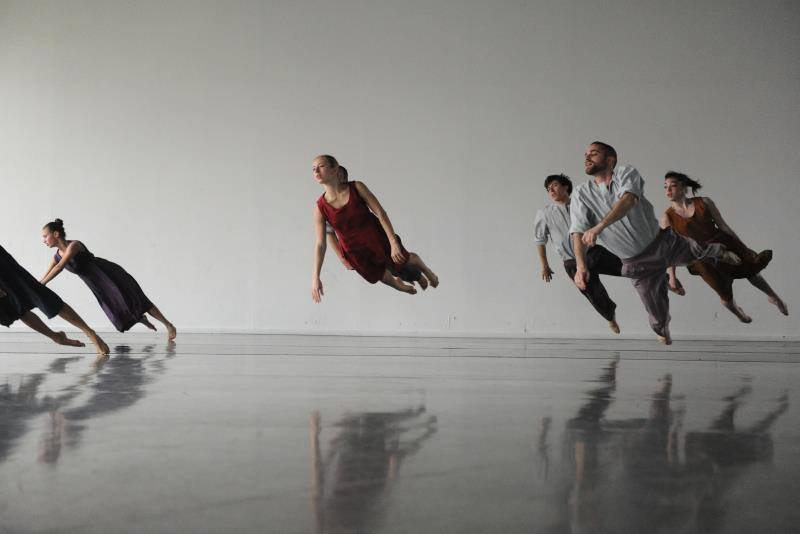
KURT HENTSCHLAGER
Zee
File Festival
Immersive Audiovisual Environment Artificial Fog, Stroboscopes, Pulse Lights and Surround Sound, 2008
ZEE proposes a state of tabula rasa and unfolds without a narrative or reproducible imagery.The audience wanders freely in a space filled with extremely dense fog that fully obscures all of its boundaries. Stroboscopic- and pulse lights illuminate the fog, in a softened and evenly dispersed manner, creating kaleidoscopic three-dimensional structures in constant animation. An ambient and minimal sound-scape connects to the imagery, without directly synchronizing to it.The core visual impression of ZEE is of a psychedelic architecture of pure light, an abstract luminescent landscape enveloping the visitor. Time appears to stand still.

